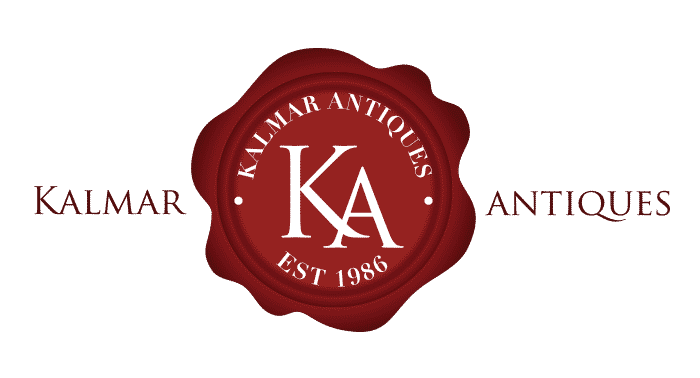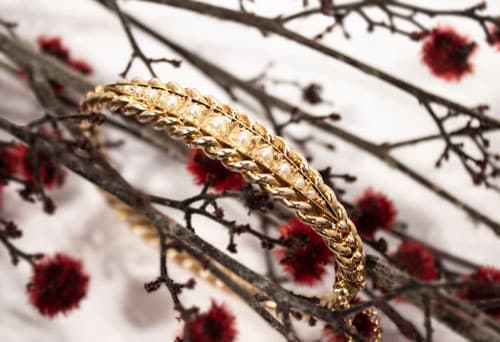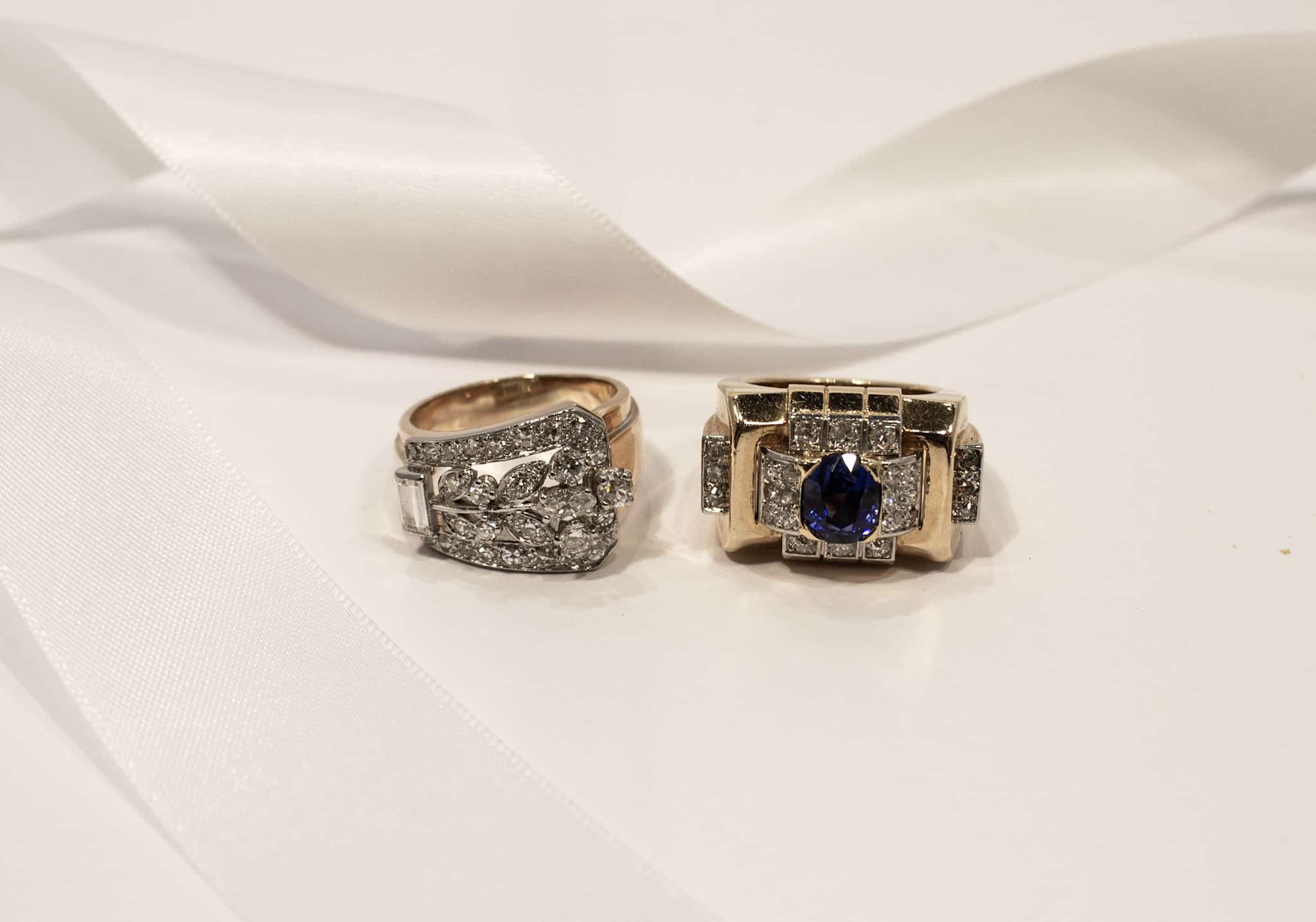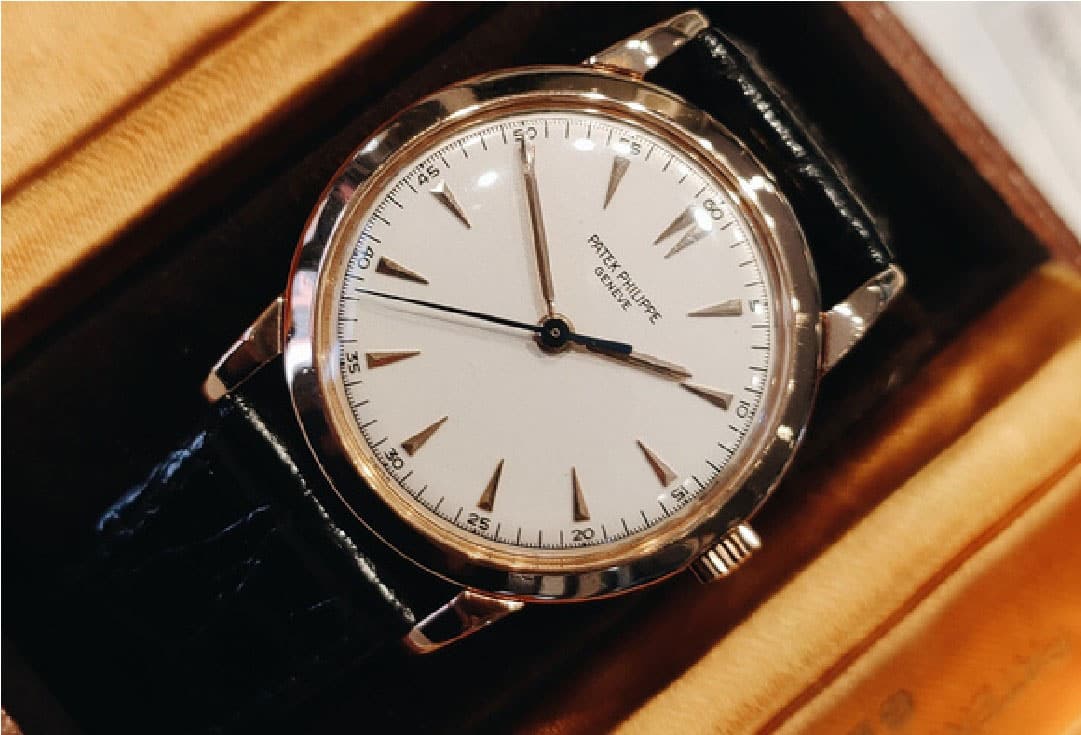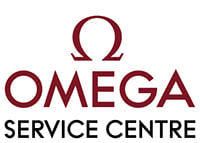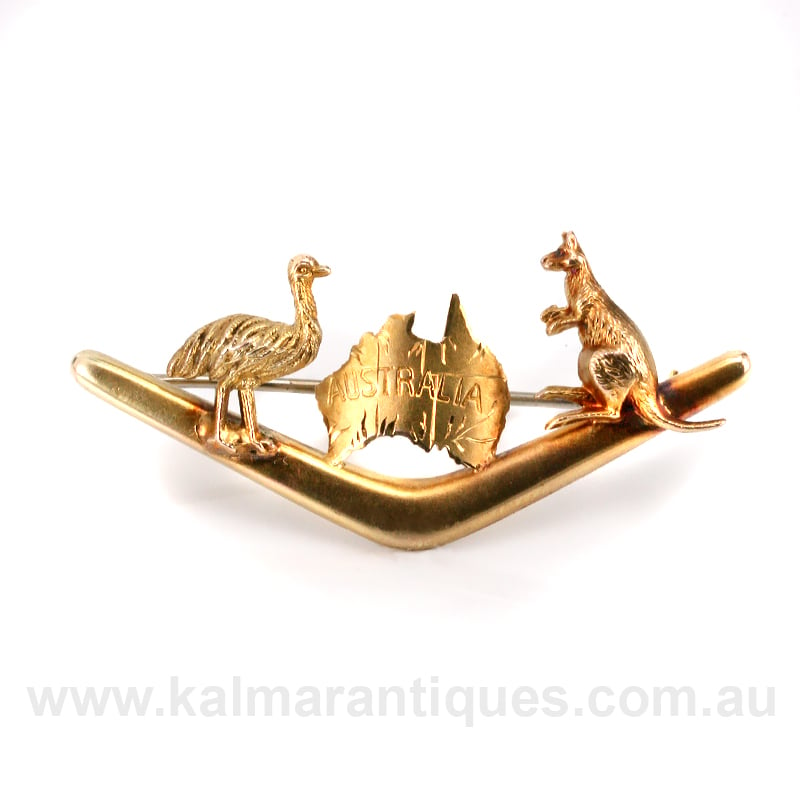
By Damien Kalmar. Published in Carters "The Antique and Collectable Fact Finder" Volume 3, 2009
Brief history:
Antique Australian jewellery and its makers has been an important area for collectors for a number of years. This chapter on Australian jewellery will attempt to explain why it is that early Australiana is so sought after.
Most people would assume that all of the early jewellers came from and/or were influenced by the styles and designs from England, Ireland and Scotland, and this is true to an extent. However, many of the early jewellers also came from Europe, as well as being immigrants or convicts. This combination of cultures, plus our own unique flora and fauna, resulted in a style that is both distinctive and individual.
The discovery of gold near Bathurst in New South Wales in 1851, and later that year in places such as Ballarat and Buninyong in Victoria, naturally started a gold rush that resulted in many men either striking it rich or losing it all. It also resulted in the use of quite a lot of gold in the making of Australian jewellery, an influence that separates it from the styles of the UK and Europe. This is particularly evident when you look at brooches, for example, where the stone content may be small or even non-existent, but the brooch itself may measure over 8cm in diameter.
Most of us are probably aware of the habit of European jewellers stamping and/or hallmarking their pieces; for example, the British hallmarking stamp to determine origin and date, or the very discreet markings of pieces made in France. In Australia, however, many of the early jewellers did not stamp their work.
Determining Australian origin:
So without a mark, how can we determine that it is an Australian piece? Many of the items will include the flora and fauna of Australia, the depiction of which created a whole new genre of designs and motifs for the jewellers. It will always be a safe bet, even for the novice, to state that the piece originates from Australia by it perhaps having a kangaroo or emu (or both) or a kookaburra as an integral part of the design.
In her book Australian Jewellery of the 19th and 20th Century, author Anne Schofield writes that the nineteenth century jewellers were with the idea of finding symbols or emblems to express their newly acquired Australian identity. They used Australian flora such as native pear, banksia and fern as decorative motifs and Australian fauna, particularly the kangaroo and emu.
The gemstones used in the piece can sometimes be a huge giveaway that it is Australian. Opals were widely used in the late nineteenth century in Australia (although they were sometimes also found in Europe). Agates and quartz from places such as Northern Queensland, and Australian blue and yellow sapphires, may also be used, as well as zircon.
Another theme that was quite commonly used during the Victorian era (again going back to the flora of Australia) was the use of leaf designs surrounding the brooch. If you manage to see perhaps 20 Australian mid- to late Victorian era brooches, it is quite safe to say that over half will have used the leaf design as a border. A brooch made with a map of Tasmania, or a brooch incorporating the Southern Cross, is of course another indication that it is Australian.
At the end of the nineteenth and start of the twentieth century, the styles followed the trends of Europe. With a bit of searching you may be lucky enough to uncover some of the stunning Australian Arts & Crafts pieces that were made in silver and enamel, and sometimes set with pearls.
The Arts & Crafts era in general produced some wonderful pieces that even today are fantastic value for money, as it has only been in recent years that this style has received the attention it so rightly deserves.
Art Deco designs of the 1920s have been consistently popular worldwide, and again, some truly beautiful pieces have been produced. These were often made using materials such as platinum and diamonds.
Miner's brooches have always been sought after by collectors of Australian jewellery. These are often in the design of a pick, shovel and bucket, with perhaps a gold nugget incorporated into the design. Miner's brooches were also made in South Africa, so try to make sure the one you have/get is an Australian one. If you do have one from South Africa, it is by no means any less of a piece.
Notable jewellers:
Some of the more notable jewellers to keep an eye out for include: Aronson & Co, which was founded in 1899 by Frederick Aronson of Woollahra in Sydney. Initially a wholesale jeweller and importer, within two years Aronson had already opened a branch in Melbourne. His jewellery was marked with a flag; Duggin, Shappere & Co (marked with an anchor); Willis and Sons, first established in 1858 by Richard and Thomas Willis, who were jewellery importers and wholesalers. By the turn of the century the firm had become Australia's leading gold jewellery manufacturer. Their pieces are marked with a unicorn; Flavelle Bros Ltd (marked with a FB & Co, Flavelle or Flavelles), established by John Flavelle, who was originally a professional photographer, and then an optician, before becoming jeweller and watchmaker; and perhaps the most famous of them all, Wendts Jewellers Pty Ltd, whose wares were marked with the word WENDT, J.M.W, J.M. WENDT, and sometimes with a monarch'¢s head and a crown. Jaochim Wendt was Danish-born, but emigrated to Port Adelaide in 1854. Within a year he had become a naturalised Briton, and he soon became well-known as a quality watchmaker, gold and silver smith and jeweller. In 1867 he was appointed jeweller to HRH the Duke of Edinburgh; by this time his staff included 12 silversmiths, along with watch makers, jewellers and shop assistants.
There are also some jewellery firms of years gone by that are still around today, for example: Fairfax & Roberts (marked with F & R and a beaver); Catanach's Jewellers Pty Ltd (marked with a CATANACH) and Angus & Coote Pty Ltd (marked with A&C, ANGUS & COOTE).
This is of course a very short list of the early makers, and needless to say there are many others out there who created some stunning pieces.
Collecting tips:
A common question that often comes up is: what's hot and what to collect? This can be easily answered by saying that if you have or want a piece of Australian jewellery, as long as it is in good condition, you really can't go wrong. This may well be a broad statement; it is, however, quite true. As an investment, Australian jewellery has always been on the up and up, and it's a trend that doesn't seem to be slowing down.
On a final note, there was of course jewellery made by the Aborigines before and during the early settlement of Australia, but as this is a large topic in itself, it has not been covered here.
